Keeping It Simple to Keep Your Family Healthy

When people think of keeping their children healthy they don’t often think of what lotions or which soap they are using. But times have changed.
Not all cosmetics, even some that are marketed to children, are completely safe. Some contain chemicals that can easily accumulate in the blood of a child and affect their health in the long term. Keeping an eye out for unsafe skin and body care products may seem overwhelming at first but it really is simple. All you have to do is keep it simple. That is, keep what you put on your child, into your child and around your child simple.
For over 30 years my message has remained the same. You do not have to use synthetic chemicals to maintain or acquire clean, healthy and beautiful skin.
Have you heard of xenoestrogens? Xenoestrogens are found in many skincare products and sometimes in the packaging that contains them. Xenoestrogens send messages to hormone receptor sites, but the problem is that the messages are incomplete and mess with the hormonal system causing imbalances to the entire endocrine system. Because they are so small, babies and children are sensitive to even smaller quantities of xenoestrogens. Phthalates are one well known xenoestrogen. It is an industrial plasticizer widely used in personal care products to moisturize and soften skin, to dissolve and coalsesce ingredients or as a fragrance ingredient (DEP). It is also found in some packaging (learn more about phthalates on the Environmental Working Group's website: EWG.ORG). Natural perfume-free oils packaged in glass containers and simple fragrance-free solid soaps are simple and safer alternatives to heavily perfumed creams and shower gels.
I was keeping all this in mind when I created my own Mother & Child line of products. I did not even include plants known to have high concentrations of phyto-oestrogens. Take a look at the ingredients of my Baby Bum Lotion for example.
H20, cetearyl glucoside (coconut & manioc derived), persea gratissima (avocado) oil, Aloe Barbadensis Leaf Juice, Ascorbic Acid (i.e. Vitamin C), Simmondsia Chinensis (Jojoba) Seed Oil, Sucrose Cocoate (produced from natural sucrose and coconut), kosher glycerine, tocopherol (a natural source of Vitamin E), panthenol-Vitamin B complex factor, Lonicera Japonica (Japanese Honeysuckle), Lavendula Officinalis (L.vera), Anthemis Nobilis (chamomile)flower oil, Triticum Vulgare (Wheat) Germ Oil.
You could check each of them on the EWG Skin Deep Database and they would all be considered safe for people of all ages.
Let me touch on a couple of ingredients right here for a better understanding:
Roman Chamomile is a major player in this product. Roman Chamomile has been used since ancient times for so many of its benefits. But in this product I have incorporated it because of its antiphlogistic (combats inflammation) properties, and its mild sedative actions. Dr. Jean Valnet indicates its usefulness to calm children in "The Practice of Aromatherapy".
Lavender is one of the most well known essential oils. What most people don’t know is that 4 times more the amount of lavender than what is actually distilled is sold. We only use the purest oils ourselves. We use lavender in our Nappy Rash Lotion for its cicatrizing (healing), antiseptic, and disinfectant properties. Not to mention it’s incredible comforting scent.
How to Use the Baby Bum Lotion
To fully benefit from the Baby Lotion formerly (Nappy Rash Lotion) rub a bit on the bum with every diaper change. We have many happy Moms that have reported that their baby has never had a diaper rash when using it this way. We have also heard how great it has worked for baby acne, cradle cap and even baby eczema.
Foods to avoid against rashes
Many alternative practitioners recommend the discontinuation of cows' milk, eggs and oranges for people with chronic skin irritations. I too have seen remarkable improvement in the skin when these dietary changes are adhered to. Essential fatties are important for infants for sure. One alternative worth discussing with your healthcare provider and researching yourself is organic coconut milk: it has approximately 21 grams of fat per 100 grams. Remember a cow has multiple stomachs and we only have one. Cow milk is difficult for humans to digest and causes a lot of mucus formation within the body. Mucus puts a strain on the lymphatic system preventing proper detoxification of the body and therefore putting more strain on the epidermis to detoxify. Indeed, 30% of the body’s toxins are eliminated through the skin.
***The above information is provided for your information only and may not be construed as medical advice or instruction. No action or inaction should be taken based solely on the contents of this information; instead, readers should consult appropriate health professionals on any matter relating to their health and well-being.
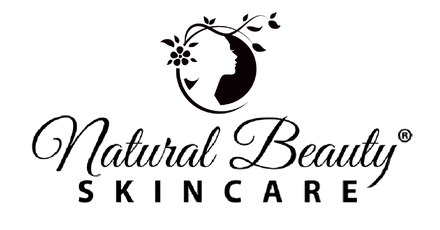
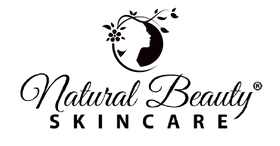
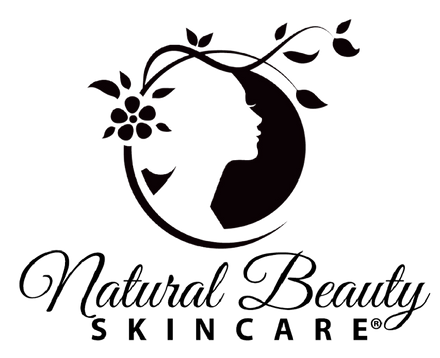
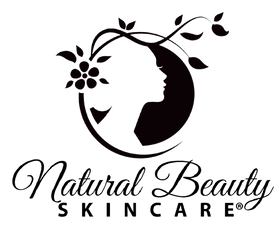

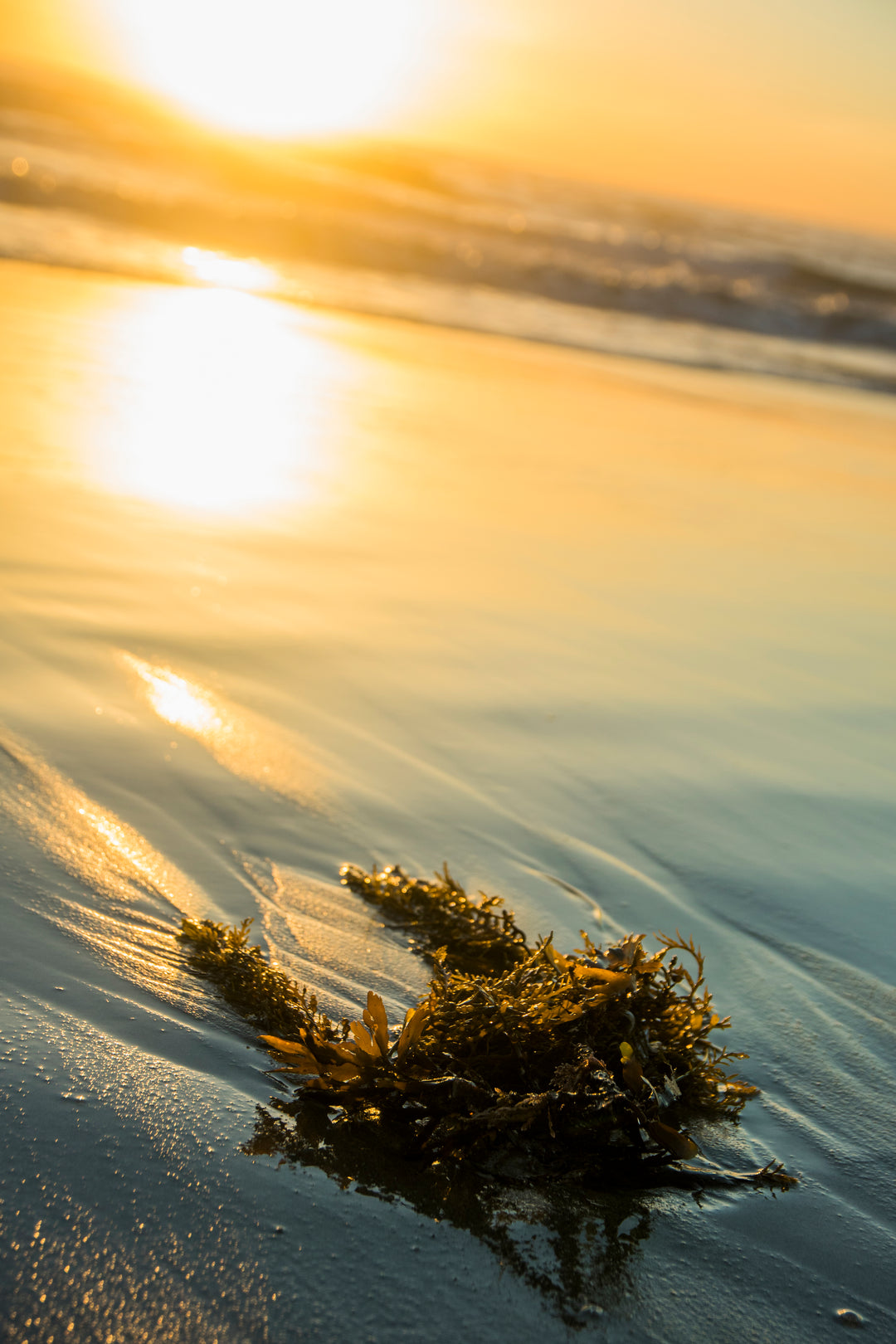

Leave a comment